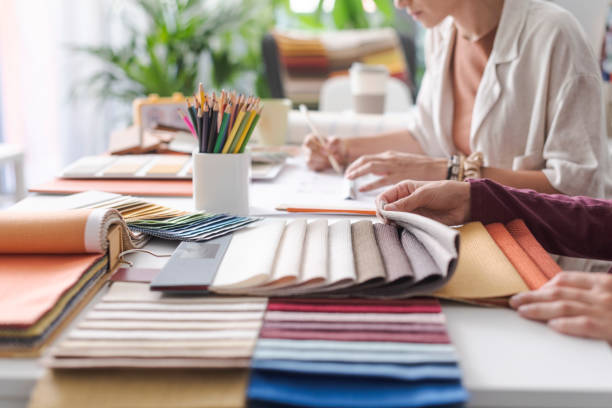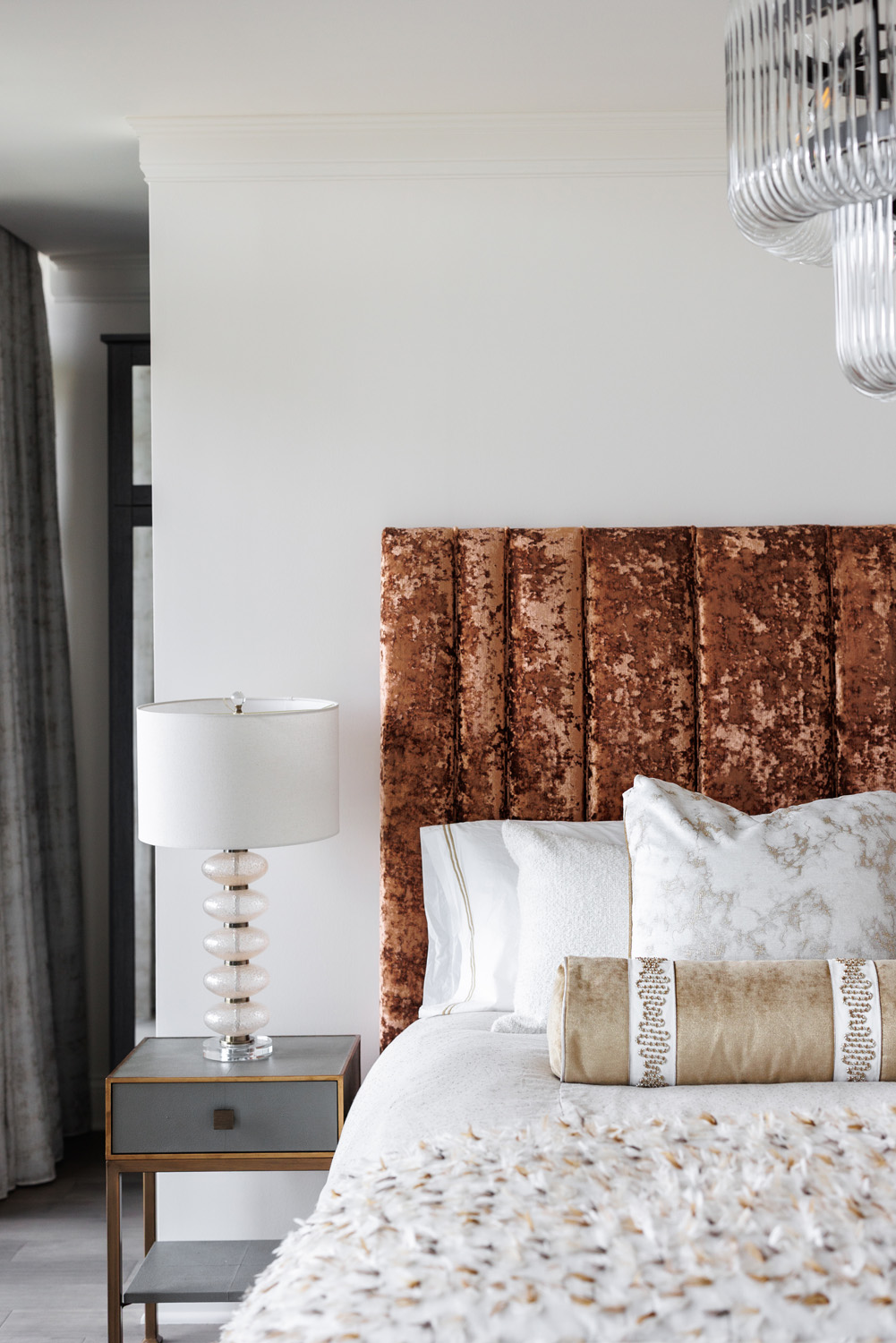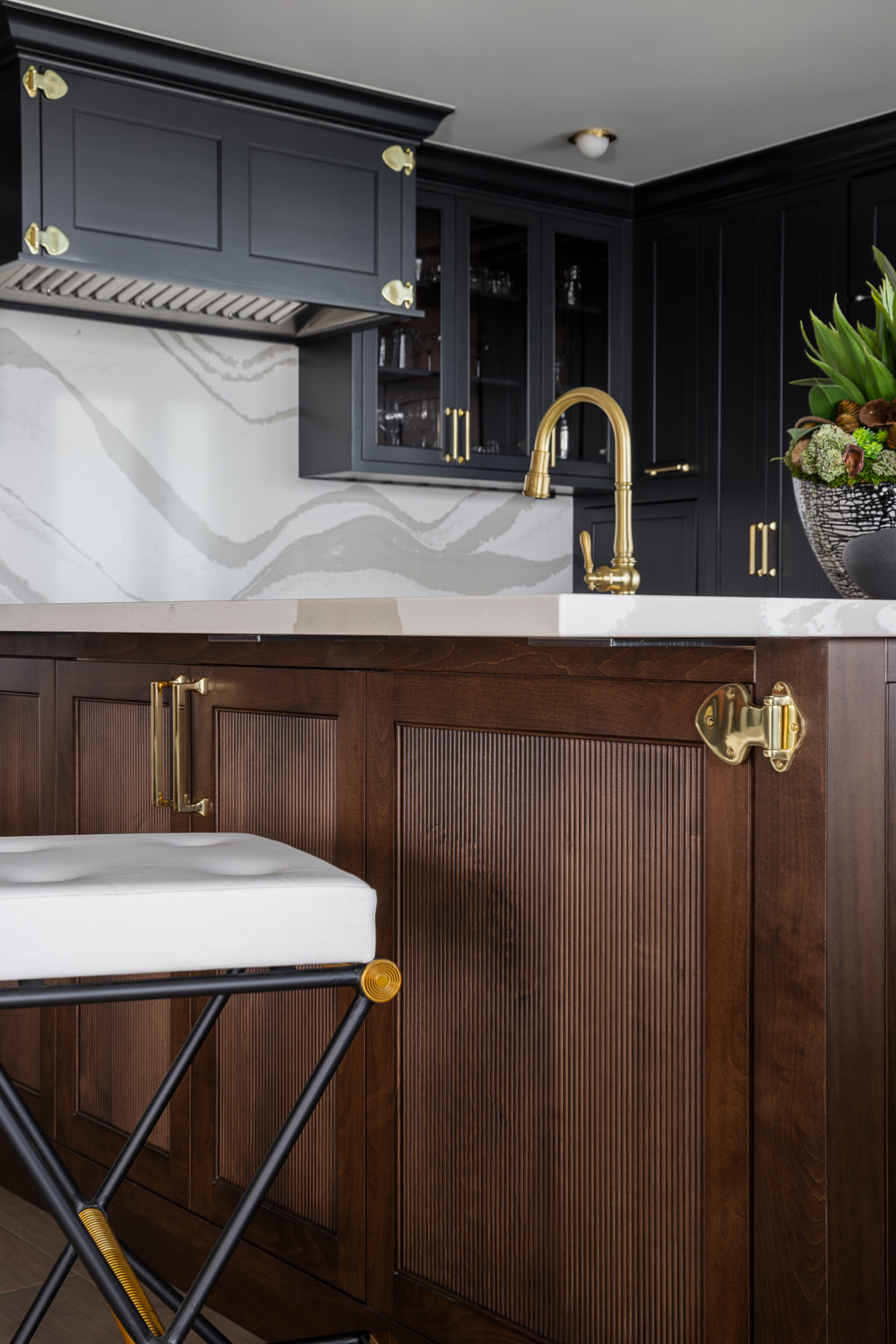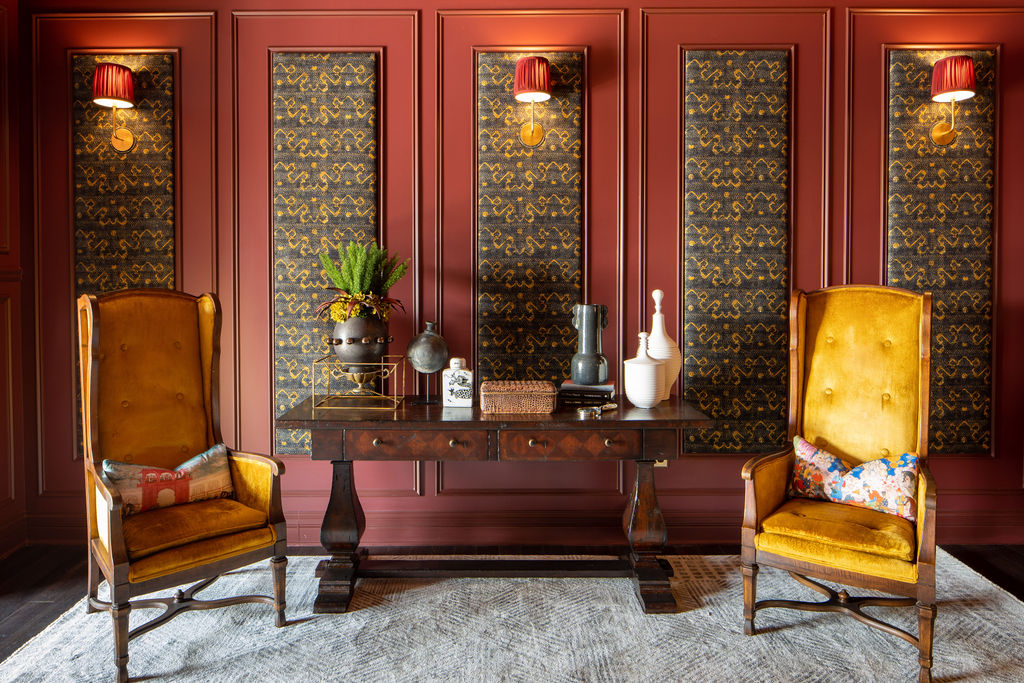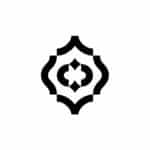
Intersecting Fashion and Interior Design
Our world revolves around the art we create and experience. From the runways of Milan, to our showroom in Columbus, the art around us directly influences our style and trends. Not only does design influence its audience and creators, but it also influences other creative avenues. Join us as we dive into how fashion and interior design influence each other.
Color Palettes
Each year, we discover new colors and overall color palettes that we become drawn to. Think Millennial pink, Gen Z purple, and succulent green – each color becomes a trend followed through fashion, design, and every other artistic aspect of our lives. Fashion designers often set the color trends for each year through their designs. The trends they begin or amplify then trickle down through various industries including interior design. These are often reflected in design areas such as Pantone’s Color of the Year or in popular design styles.
Patterns and Prints
Headed straight from the runway, the patterns, prints, and textures used often become an overnight hit. Whether it’s the chevron from 2010, the houndstooth of 2016, or the leopard print of 2024, once a new trend hits fashion, it immediately influences our design choices. These popular patterns, among many other equally influential patterns, are still prevalent today. Once fashion sets a trend, it’s hard not to embrace its lasting appeal!
Retro (and Vintage) Revival
There has been a notable resurgence in retro fashion so far in the 2000s. Take the rebirth of 80’s fashion trends in the late 2010s, or the current Y2K revival. Both of these trends began through fashion choices inspired by retro or vintage designs. We have also seen this trend reflected in interior design. Nowadays, clients are interested in blending historic charm with modern design aspects. Whether it be through nostalgia or the media we consume, it’s safe to say that there is a retro revival taking place.
Global Influence
With the modern ease of accessibility between cultures and travel, global influence has become increasingly prevalent in design. In the late 1900s, adopting design trends from different cultures around the globe and the rise in diversity of designers created a global influence “boom” per se. Around the same time, interior designers hopped on the bandwagon too. Incorporating global influence in interior design through art, patterns, and textures has influenced entirely new design trends such as Scandinavian minimalism, Japanese functionalism, and the vibrancy of Moroccan design.
Architecture in Silhouettes
The architectural and interior design trends in history have also played an important role in the trends of the fashion industry. Take the Art Deco trends of the early 1900s. The bold shapes and luxurious lines within Art Deco design directly influenced fashion through flapper styles, fur coats, and pinstripe suits. The shapes, textures, and styles of interior design and architecture have a great impact on the silhouettes of the fashion that follows.
Materials Into Fashion
Lets get down to the details! We’re talking fabrics, metallics, and glass. The materials used in interior design and architecture such as stone, metal, glass, and more are often replicated (or applied) through fashion. Designers are often seen using metallic fabrics, glass-like materials, and even designing silhouettes to replicate structures. Modern architecture has been a great influence of this trend. Designers have more recently been creating these Brutalism- and Modern-design-influenced designs with strong angles, lines, and unconventional materials.
Light and Space
Prominent in all areas of design and art, the light and space we live in, design in, and experience art in is a great influence. More modern trends such as open concept environments, an emphasis on natural lighting, and fluidity through functionality have also been reflected in fashion. The increase in sheer fabrics, draped silhouettes, and more flexible, flowy garments have equally evoked the open, natural, and fluid concepts of design.
